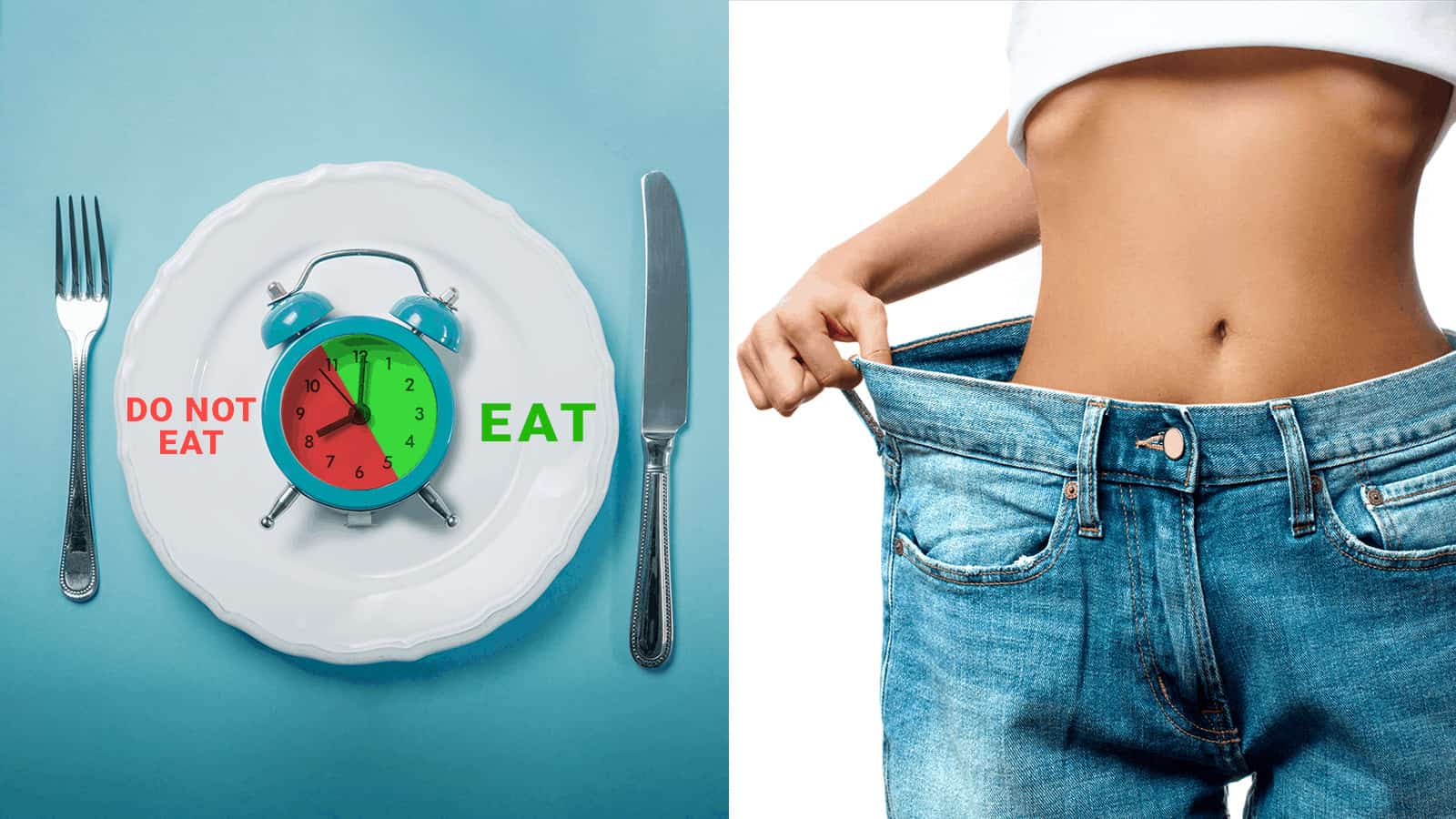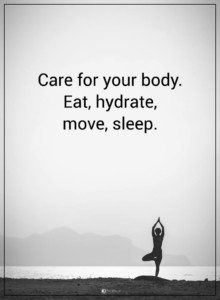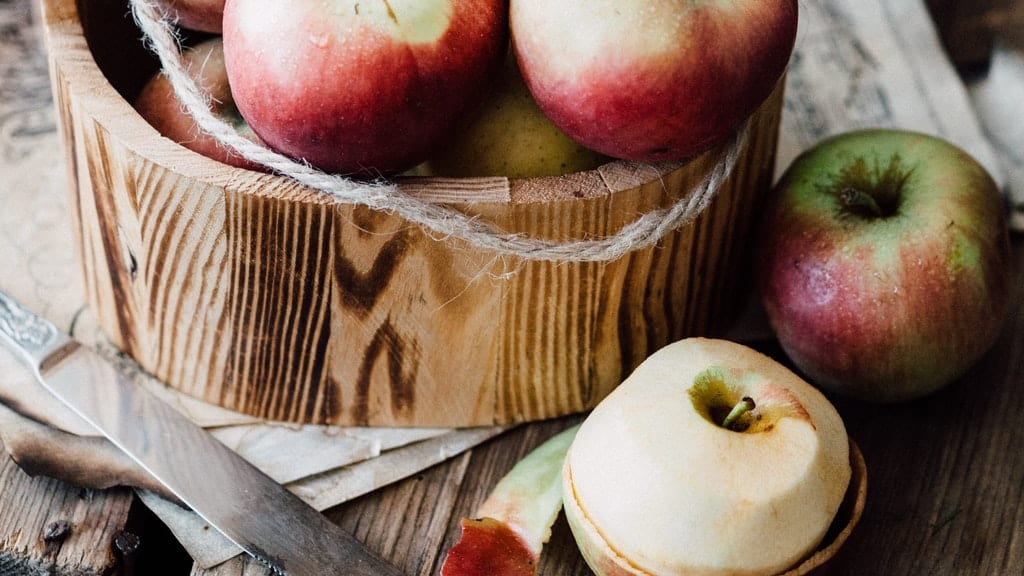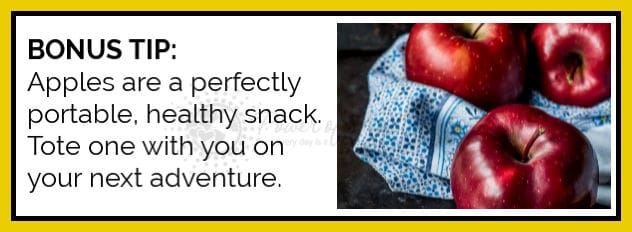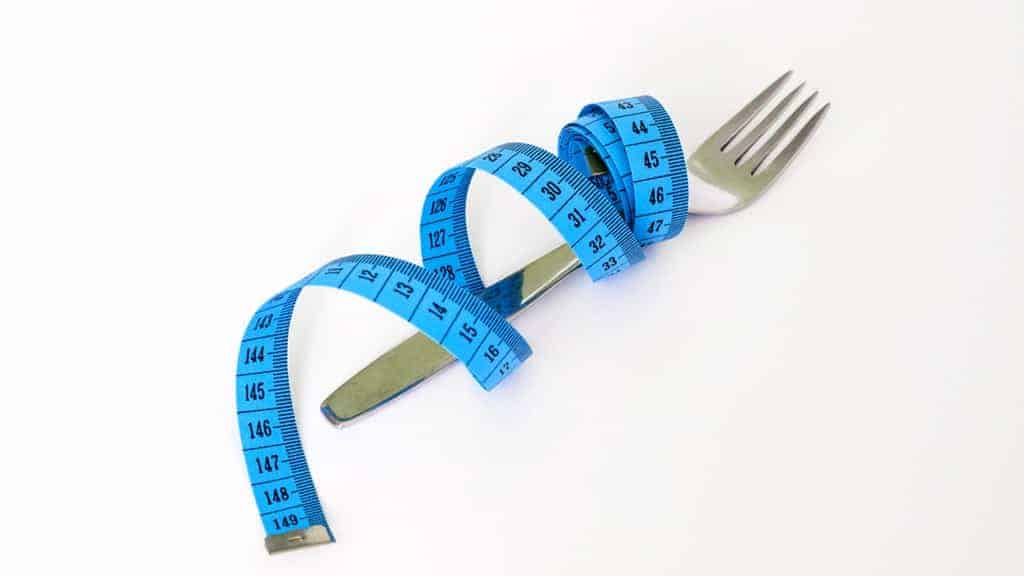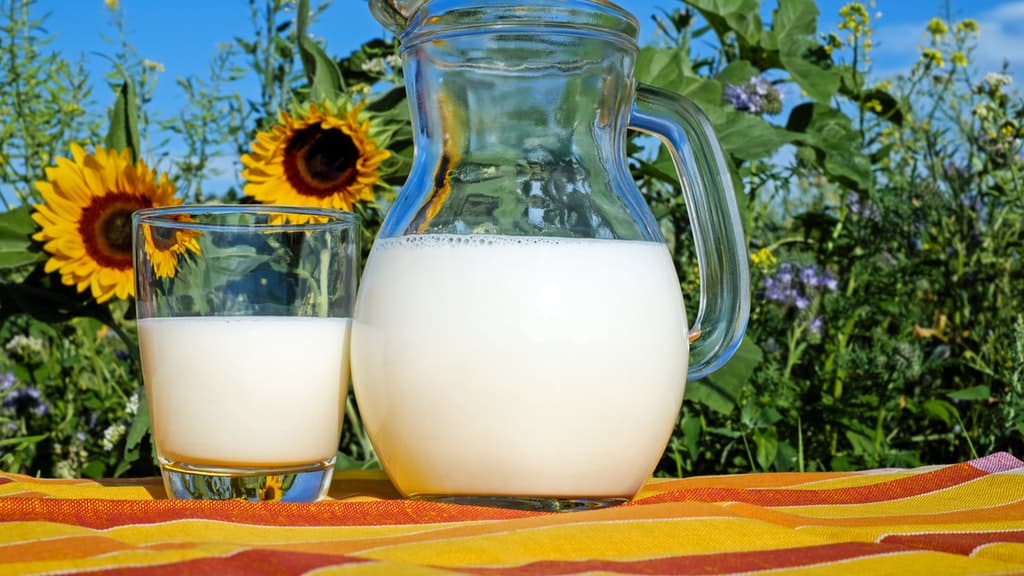Intermittent fasting is an increasingly popular approach to body weight control. It has also been shown to be effective in helping to prevent and reverse metabolic syndrome and insulin resistance, and it can effectively treat some cases of type II diabetes.
In addition to being effective, one of the reasons it is so popular is that you will find it easy. You have no counting calories. Nor are you obsessing over the fat and carbohydrate content of food or worrying about portion sizes. You just severely restrict food consumption on some days. There are many different approaches to periodic fasting regimens.
Options When Fasting
Some people consume nothing but water two or three days a week. On the other hand, some consume only a light snack two days a week. Some people find it works better for them to just eat one meal per day. Essentially, you fast periodically.
This pattern of eating closely mirrors how our ancestors ate. Indeed, they didn’t eat three squares a day plus snacks. Most studies of hunter-gatherers suggest a more typical pattern of eating was on average one meal a day. They experienced periods of feasting interspersed with periods of limited food intake.
During non-fasting periods, while individuals engaged in periodic fasting practices do not have to engage in tedious calorie counting, carb counting, or portion weighing, they should attempt to choose healthy foods. Some individuals opt for a Mediterranean style diet rich in fruits and vegetables, nuts, fish, whole grains, and healthy meat choices. However, others opt for Paleo, keto or even vegan. Any of these healthy diet choices can definitely assist delivering nutrients for a healthy pregnancy.
Are there any possible benefits to intermittent fasting when pregnant?
Controlling weight gain during pregnancy
Most non-pregnant women engage in fasting practices to control their body weight in order to improve their health. It is, however, totally normal to gain weight during pregnancy. After all, an average full-term infant weighs over seven pounds. Additionally, the placenta and amniotic fluid together usually average three pounds. Furthermore, the body tries to lay down some excess fat during pregnancy to support the demands of birth and lactation.
A woman at a normal weight before pregnancy will likely gain around 25 pounds during pregnancy. However, being overweight or obese before conception can lead to many pregnancy complications. And, gaining an excessive amount of weight during pregnancy can lead to poor birth outcomes, such as fetal death, low birth weight, and obstetric complications. In addition, excess weight gained during pregnancy is challenging to lose later.
Accordingly, the American College of Obstetricians and Gynecologists provides guidance urging women to control their weight gain during pregnancy. That need is true, especially, if they were overweight before conception. In particular, they state that considering there have been several studies of overweight women who only gained seven to 14 pounds during pregnancy and had fine birth outcomes, overweight women should not be encouraged to gain large amounts of additional weight during pregnancy.
Weight control during pregnancy
For women who have been successfully controlling their weight with intermittent fasting before pregnancy, giving up the practice may lead to excessive weight gain during pregnancy, which could harm the fetus and cause birth complications. For women who are overweight at the time of conception, engaging in careful fasting practices may allow them to control their weight gain during pregnancy and assist them in losing the “baby weight” after birth without adversely affecting the fetus or the birth outcome; indeed, controlling their weight gain during pregnancy will improve the health of the fetus and the birth outcomes.
Gestational diabetes, type II diabetes and pregnancy
Women with type II diabetes can really struggle during pregnancy, even those who have developed a routine to keep their condition under control while not pregnant. Here’s one of the major problems. Many of the drugs that doctors prescribe to treat diabetes are not safe during pregnancy. Thus, women may need to switch to insulin injections and engage in complicated blood sugar testing regimens during pregnancy. Insulin injections are safe during pregnancy.
Women should try to keep blood sugar levels under control during pregnancy. That’s because uncontrolled type II diabetes can cause these concerns::
- Pre-eclampsia, which can lead to severe, even life-threatening complications for the mother and may require emergency delivery of a very premature infant
- Miscarriages and stillbirths
- Preterm births
- Need for a cesarean section
- Birth defects
- Excessively large baby at birth, which can lead to serious birth complications and possibly predispose the baby to developing obesity and type II diabetes as an adult
- Neonatal respiratory and metabolic problems
Women who fasted to control their type II diabetes might wish to continue the practice during pregnancy. This routine will help to achieve the same results without the need for insulin injections or a complicated blood sugar testing regimen. Conversely, women who have been relying on medications prior to pregnancy to control the condition may be interested in taking up periodic fasting.
A certain percentage of women, for unknown reasons, develop gestational diabetes, which is essentially type II diabetes that only occurs during pregnancy. It usually resolves after birth, but women who experience gestational diabetes are at risk of developing type II diabetes while not pregnant. If gestational diabetes remains undetected and uncontrolled, it leads to the poor outcomes described above. Usually if it occurs it is controlled by diet, exercise, and possibly insulin injections, and obviously some women may be interested in trying a fasting regimen to assist in controlling their insulin resistance and blood glucose levels.
Is intermittent fasting safe during pregnancy?
Although it is quite clear that an insufficient or inadequate diet during pregnancy can lead to poor birth outcomes, individuals engaging in intermittent fasting generally consume nutritious, healthy diets in between fasts, with plenty of fresh fruits and vegetables, nuts, fish, meat, and whole grains. Thus their diets cannot be described as “inadequate” or “insufficient”, just consumed in a different fashion than someone who eats six small meals a day. Although no studies have been conducted on pregnant women deliberately engaging in intermittent fasting practices for weight loss/metabolic health benefits, there is a rich literature on pregnant women who fast during Ramadan.
Ramadan fasting
Muslims participate in a celebration called Ramadan. For an entire month, individuals refrain from eating or drinking during the daylight hours. The goal of this ritual is to improve self-discipline and awareness. Furthermore, practitioners refrain from engaging in any negative acts during this month, such as lying, harmful gossiping, and so forth. Although children and pregnant women are exempt from fasting, many voluntarily engage in the ritual. At the end of each day, people gather together to socialize and eat. Thus, participation has both cultural and religious significance.
Ramadan findings
A large systematic review of pregnant women who engaged in intermittent fasting during Ramadan while pregnant was published in 2018. It included the birth outcomes of a total of 18,920 pregnancies subjected to intermittent fasting and 12,454 pregnancies from the same cultures that were not. Ramadan fasting had no effect on the birth weight or the rates of preterm delivery. However, placental weights were somewhat reduced.
Other studies of pregnant women engaging in Ramadan fasting have reported some puzzling findings in regards to metabolic markers. One reported that blood glucose levels were somewhat elevated each evening after breaking the fast, and another reported that serum cortisol levels were elevated in fasting pregnant women, although this same study carefully followed the fetuses by ultrasound until delivery and found the fasting had no apparent adverse effect on fetal development or the progression of the pregnancy.
Experts’ final opinions
The vast majority of experts simply say to not engage in fasting during the second and third trimester. However, they are in disagreement as to whether fasting is OK during the first trimester.
The experts do admit there is no solid evidence behind their recommendations for or against fasting during pregnancy. Thus, most of them choose to err on the side of recommending no fasting.
So what’s the bottom line?
Unfortunately, at this point in time, there is no bottom line. There is no solid evidence showing that fasting practices harm a pregnancy, Additionally, circumstantial evidence suggests that at least some women and fetuses may benefit from engaging in careful intermittent fasting combined with exercise and a healthy diet during pregnancy.
There may be pros and cons that vary for each woman. For some, the pros of a fasting regimen may outweigh the possible cons. For others, the reverse may be true. In general, women should discuss this issue carefully with their doctors, preferably before conception. Then, they can plan ahead and achieve the best possible pregnancy and safe delivery.


